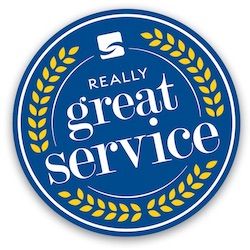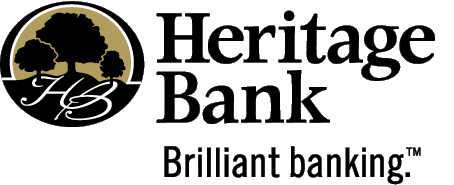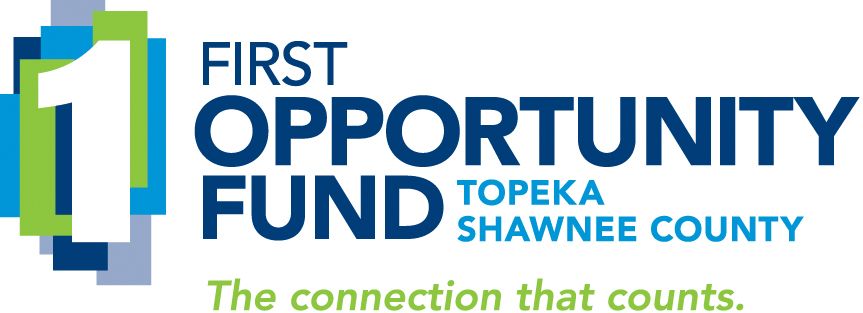
While we can expect a huge wealth transfer in the next two decades, senior citizens still have the lion’s share of the wealth in America. And while bankers are looking ahead to better serving millennials and Gen Z consumers with technology and a disruption of the old banking model, they can’t abandon the old model entirely.
If Grandma's not happy, nobody's happy.
The boomers and Greatest Generation are longtime customers. And in this current rate environment, they’re more important than ever.
I recently had the opportunity to watch two seniors using a beautiful, nicely branded ATM at a midsized regional bank. The screen display was low contrast, so it was hard for them to see. The interface wasn’t intuitive. The system served up questions that didn’t make sense (about accounts they did not have) and caused enough confusion that it took two attempts at transactions before these customers were able to retrieve their cash.
One of the couple (like many millennials) couldn’t imagine that there was not a live person who could help. They drove away feeling aggravated about what they’d just experienced.
While the availability of VTMs is here, many institutions haven’t yet made that leap. Or they aren’t staffing them with people 24/7. So, what's a banker to do?
We know that ATMs and VTMs capture photos or video of people during transactions. If this ATM captured video of what actually happened—and if a banker actually watched it—it would be an eye-opening learning opportunity. Video or photos could reveal customer experiences up close and personal—and show how financial institutions can serve customers better at the ATM.
Here are some things you could observe and possibly improve:
- screen visibility or type size
- the amount of time allotted between prompts
- the volume of the audio in context with the noise from the surroundings
- the ease of use on key pads and touch screens
- protection from the elements
- security and safety of users
- legibility of printed receipts
Observing and watching for any of these things will give you clues about your customers and their needs.
Besides the expected aspects above that affect the customer experience, what else could you do to differentiate your institution from the competition?
Here are some ways you could further set your bank brand apart and generate a WOW factor that reinforces love and loyalty.
- dispense hand sanitizer packets at the end of the transaction
- borrow a page from the airport and grocers’ handbooks: have a banker who floats from kiosk to kiosk offering in-person assistance to customers who hit a snag
- print a “quote of the day” or “just for grins” message on the receipt instead of the ubiquitous THANK YOU FOR YOUR BUSINESS
- be sure you’re stocked with envelopes and branded pens at all times
- post a phone number a customer can call for help after hours
- allow the customer to record a message by pushing a button—and expect a return call from a banker the next business day
While the availability of VTMs is here, many banks haven’t yet made that leap. Or they aren’t staffing them with people 24/7. So no matter what level of technology you offer, your institution still has the opportunity to observe customers' auto transactions—then learn from them and make improvements.
You have an opportunity to observe what customers experience in action, either by self-serve or with some of your bank employees. Are you taking the time to do it?
In the haste to attract and serve the younger generations, don’t leave behind the loyal longtime—and most profitable—customers.
Take the time to observe. Then brainstorm with your marketing department, business development team, front-line bankers and other departments. Together, you can develop some creative new ways to add value for your older customers and support your marketing and customer retention efforts. I promise you, they will tell their friends.
For more insights into helping your bank or credit union create a better customer experience for senior citizens—and all customers—contact Martha Bartlett Piland direct at 785.969.6203.
























